SERIOUSLY, I wasn't kidding when I said that I had been somewhat busy these last few months.
From collecting various seeds from the multitude of tree species to ordering some online and to making sure that some of the seed I had started germinating earlier this year were still doing well.
One species of tree that I am really happy to see having germinated successfully, just so happens to be the Juniperus Communis.
This is what the little fella looks like this morning after planting him out of the seed propagator a few days ago.
A brief explanation on how to germinate these seed:
Now, if you are not a patient human being at all, I have to advise that you rather head off to a nursery or bonsai center and purchase yourself a Juniperus Communis instead of trying to grow them from seed - it takes months and it will take years still before you have a tree you can work with.
How to care for your Juniper: #BonsaiNews: What's so great about Juniper bonsai? Simply; Everything!
I wasn't kidding all those months ago when I said that these seed are comparable to God's waiting room.
EXTRACT FROM AN EARLIER ARTICLE I WROTE:
It could literally take months to break through the seed's deep dormancy and thus, it requires multiple cycles of cold and warm pre-treatment so as to ensure that germination is successful.
To commence pre-treatment, first soak the seeds for at least 24-hours in warm water - but do take note, that does not mean boiling water. Allow the seeds to cool down and once the times up, drain off as much water as possible.
Use this time to prepare a free draining substrate - this can be made up of a half and half mix of compost and perlite. (Vermiculite or sharp sand is fine as well, as opposed to perlite).
Ensure that the mixture is moist however it should not be overly moist so that water can be squeezed from it - add your seeds to the mix and ensure that there is ample material so as to keep the seeds separated.
Add the mixture to a bag which can be loosely tied so as to allow for ventilation and store the seeds in a warm area of at least 20 degrees Celsius - foreigners, that would be approximately 68 degrees Fahrenheit. The seeds will remain there for up to 12 weeks.
Ensure that the mixture remains moist during this time and only once the warm treatment period ends should the bag be moved to the fridge so that the cooling treatment may commence - this too, is for 12 weeks.
Once the seeds have completed this cycle (during which it is possible that they may germinate), carefully remove them from the bag and continue to sow them onto the surface of the potting compost - decent drainage is a must!
Use vermiculite or fine compost to cover the seeds and water gently thereafter.
Now, move your pot/s to a shaded area away from direct sunlight - should the seeds not have germinated during the cooling period they ought to within a few weeks after sowing.
Ensure that the ground remains well watered.
In about three years, the baby Juniper communis is ready to be planted in their permanent spot.
END OF UPDATE ON JUNIPER COMMUNIS
Up next we have some of the Coral Tree seed that I've been working on and have in so doing, yielded some good results.
I unfortunately do not have decent photos of what these trees look like as bonsai but, if you follow the link below to an outside article by www.gardeninginsouthafrica.co.za you'll certainly see that it is seriously a beautiful tree.
I am however going to disagree with the method of germination they provide for these seed as simply dropping them into the ground almost never works. The second method of scarification through the use of sandpaper would work however, being that they are slow to sprout, infection may set in and of course, sandpaper does make a larger hole than a knife would.
So, even though I too scarify my seed, I use an extremely sharp edge of a knife to prick into the opposite end of the seed's eye and then leave the seed to stand overnight in boiled water.
From there, I would recommend that you use a seed propagator with humidity control and also ensure that you have cleansed your growing medium by pouring boiled water over it and allowing it to cool off.
From this point on, you should be safe to sow your seed and expect results within a period of one month.
After a while, you'll be pleased to see the likes of the below little coral tree popping out of the ground.
These trees, over a great deal of time and training, develop some of the most exquisite hardwood and bark features a tree can have.
Another beautiful feature is that the leaves form soft hookthorns - it should also be noted that the leaves only appear after the tree has produced its trademark bright orange/red flowers.
Although the tree enjoys many soil types, I still prefer making use of a horticulture bonsai growing mixture. Ask your local nursery which growing medium would be best.
END OF CORAL TREE
Up next we have something very special to me - black monkeythorn.
Now, this will be one of the shortest germination pieces in history:
Gather seed which are ready, boil kettle water, add seeds to a cup with the water and leave to stand overnight. DONE!
Now go plant the seeds in a mixture of your choice and they should sprout within two weeks.
This is what one of my three month old baby black monkeythorns look like at the moment.
I've on purpose left as little growing mix in this pot as I am attempting to have the roots grow outward as much as possible as opposed to downward.
There is literally about two centimeters of growing mix in this pot. The goal is to create a miniature bonsai with this tree and perhaps, if that idea does not stick with me after a few years, I'll attempt to grow it root over rock style.
END OF MONKEYTHORN
And then we have what some may view as an obscenely ugly looking tree and to you I'd say, GTFO!
Bottlebrush trees often scare people away when they are suggested as great bonsai trees. I have no idea why as these trees can be quite splendid to have - for obvious visual aspects.

It has taken me three years to get my bottlebrush to look like this and although I admit that I probably should have kept it a bit more under control, I am quite happy with its progress.
The poor tree was replanted yesterday for the very first time and wow, did I have a lot of roots to prune and remove. At the moment, the tree's roots are way above the ground as they barely fit into the pot now being utilised but that is part of my idea that I have.
The goal at this stage is to get the tree to stabilise itself once more - especially after I had to untangle all of the larger roots yesterday.
In about another year, I'll repot the bottlebrush again and hopefully by that time I'll be able to bend the downward hard roots so that they grow horizontally above ground - a rock may aid in slowly getting the tree use to this so I might give the poor tree another mini-shock this afternoon.
Currently, this is what the tree looks like as well as another photo of its roots.
The tree's roots really took a bit of a beating after I had to untangle them - they had completely woven together over the years but fortunately there are still quite a few below the surface and in the meantime, the sun can work on drying these above ground roots a bit, transforming them into hardwood.
Another of the few trees I have been working on include my avocado trees. Bad luck struck not that long ago when the wiring I had used to shape the initial avocado cut through the stem and caused it to break.
With a bit of care, I was able to save the tree and since then it has recovered from the ordeal but unfortunately, I had to start from scratch with a new avocado as I really wanted the same shape as my Chinese Elm.
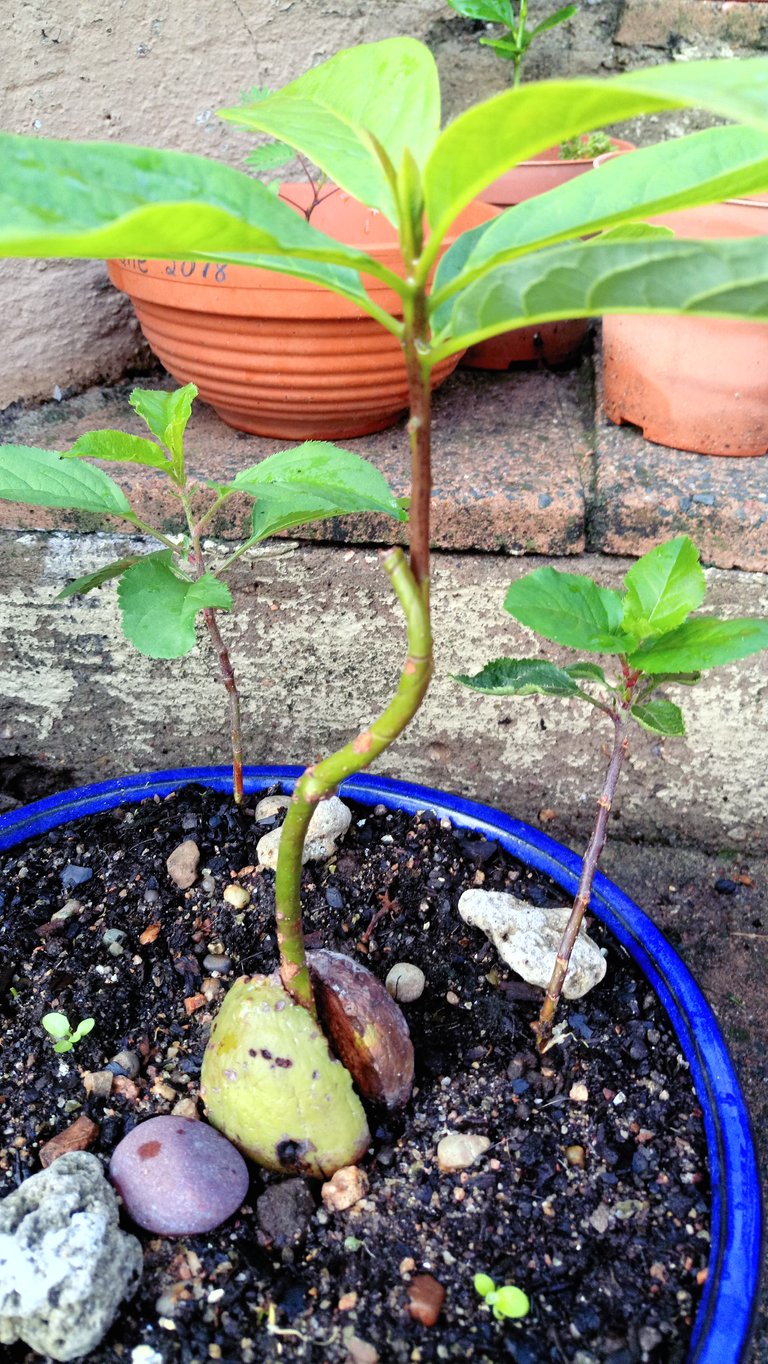
Above you can see the recovery the tree had to make but all in all, I think it should make for a lovely feature a few years from now.
Below is a photo of the new tree as well as a different method being used to create the same shape I had planned to. By doing this, I avoid causing damage to the tree like I had before.
These tree can be quite brittle to work with while they are young so, a different approach was necessary in the end to avoid the same mistake.
I wanted to include a few more of the trees I've been working on but our IT Department just came down to visit and they intend to update all of our software - meaning I have to cut this short.
Thanks again for reading.
Do you write content related to bonsai or horticulture - check out the details below:
JOIN OUR #BonsaiCommunity | #TeamBonsai | #TeamHorticulture: (Discord Invite Link: https://discord.gg/nAWEDpK )
The known #BonsaiCommunity | #TeamBonsai | #TeamHorticulture members include (and you should follow them for cool content):
@creativetruth | @daniellozada | @romanolsamuels | @bonsaiaustin | @imagendevoz | @synekto | @shadowolfdg | @mrbloom | @willymac | @mattlovell
Comment below with your handle and, if you post bonsai/horticulture related content your handle could appear above.
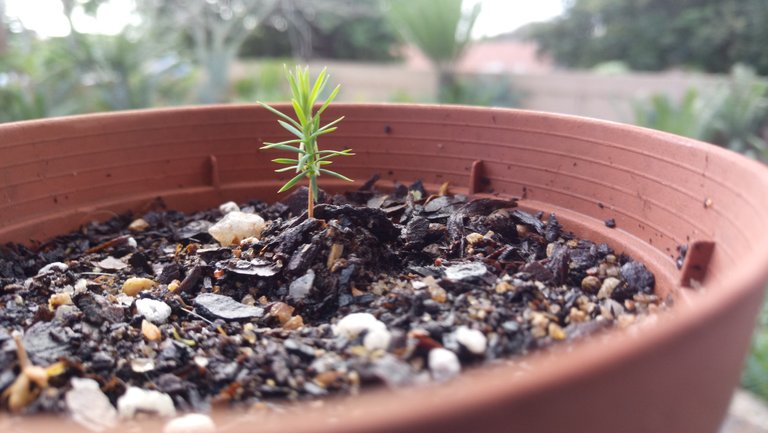
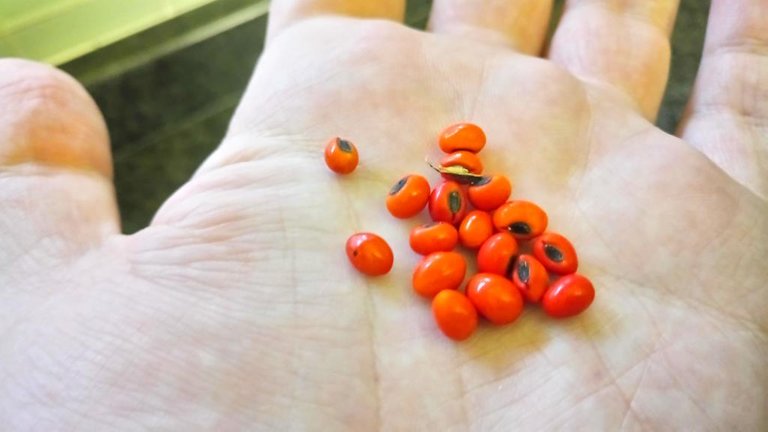
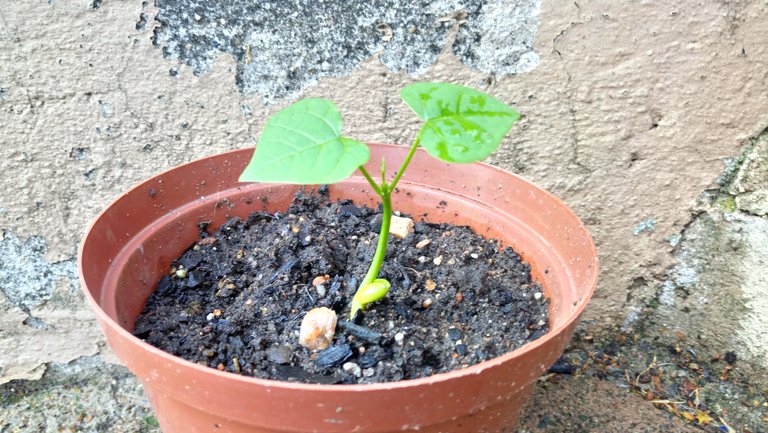
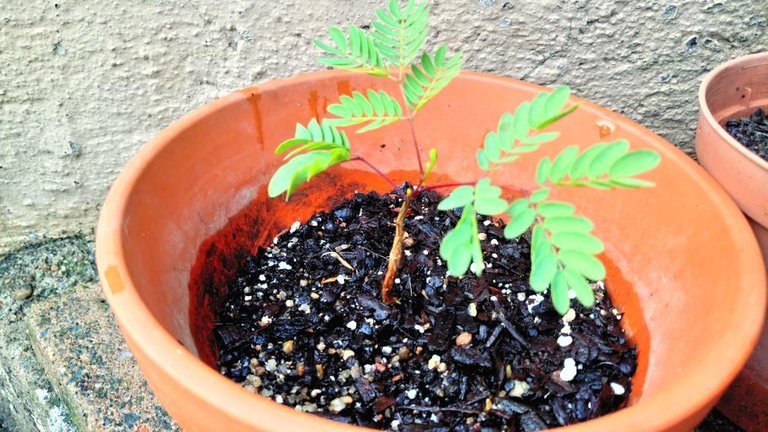
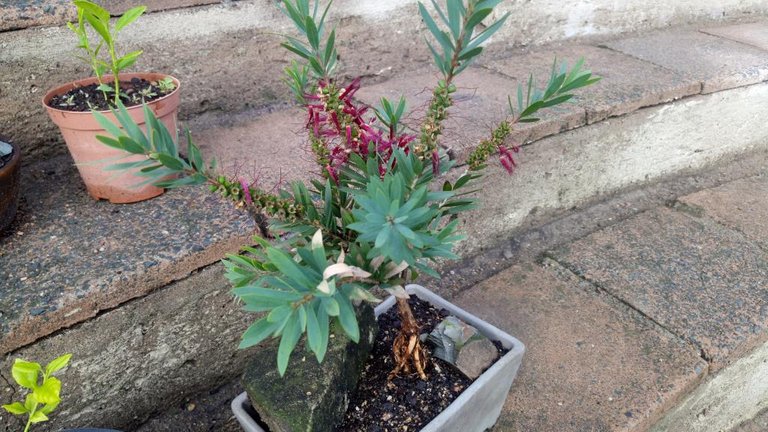
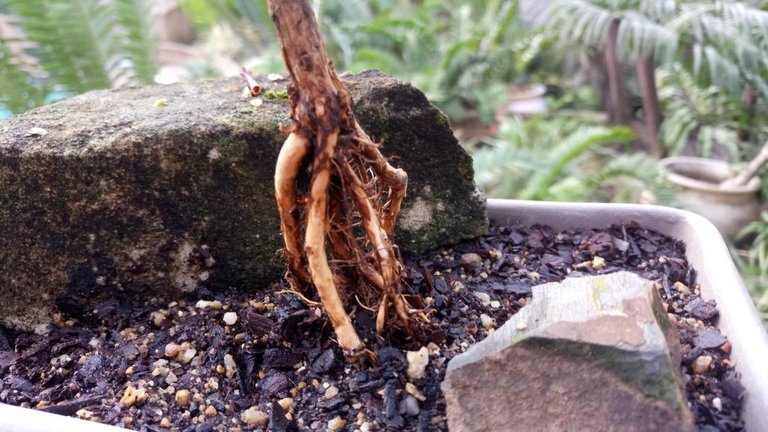
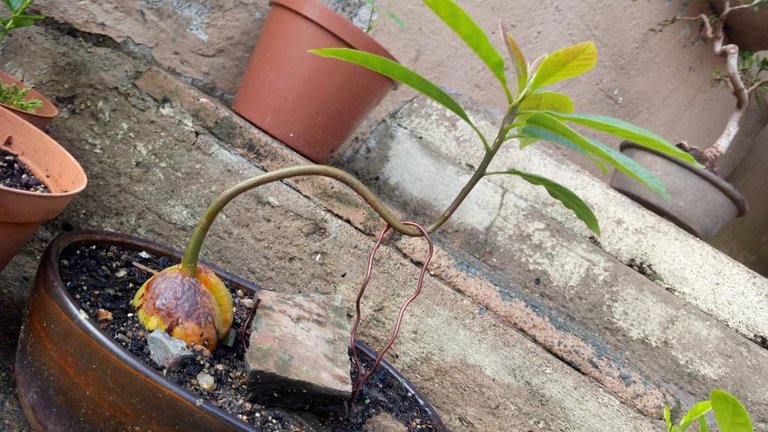
I upvoted your post.
Best regards,
@Council
Posted using https://Steeming.com condenser site.
Upvoted.
Resteemed by @resteembot! Good Luck!
Check @resteembot's introduction post or the other great posts I already resteemed.
This post was upvoted and resteemed by @resteemr!
Thank you for using @resteemr.
@resteemr is a low price resteem service.
Check what @resteemr can do for you. Introduction of resteemr.